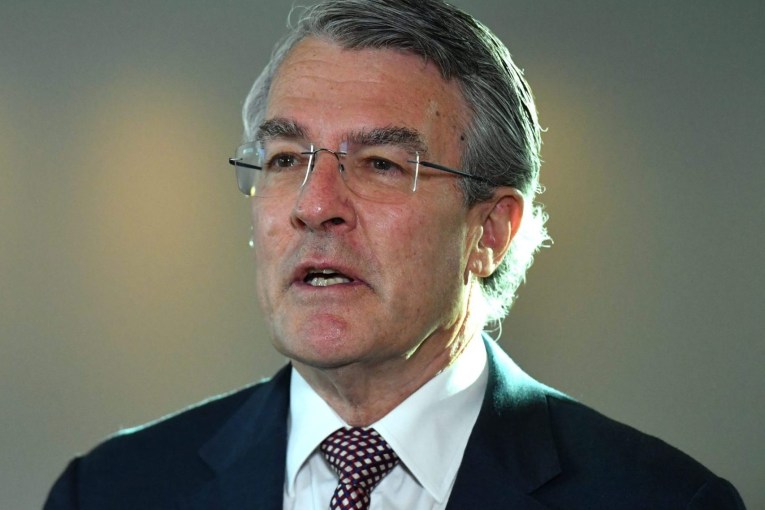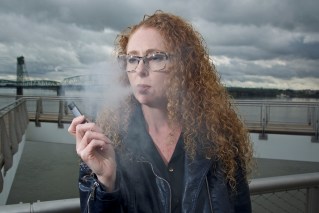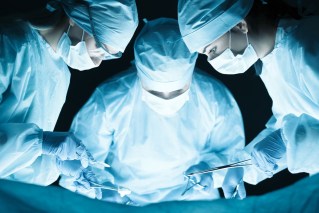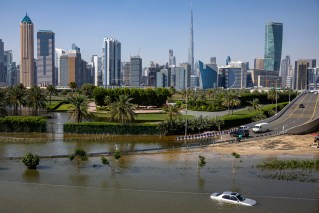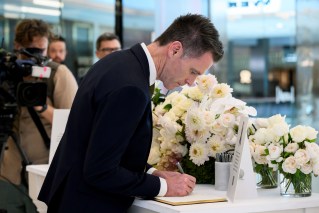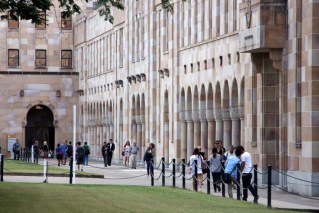Good eggs: How two sick Queenslanders became heroes in battle for Easter
A nurse and a landscaper, each recovering from a big weekend, decided to get tested for COVID-19. Their quick thinking sparked a mammoth effort to save the holidays.
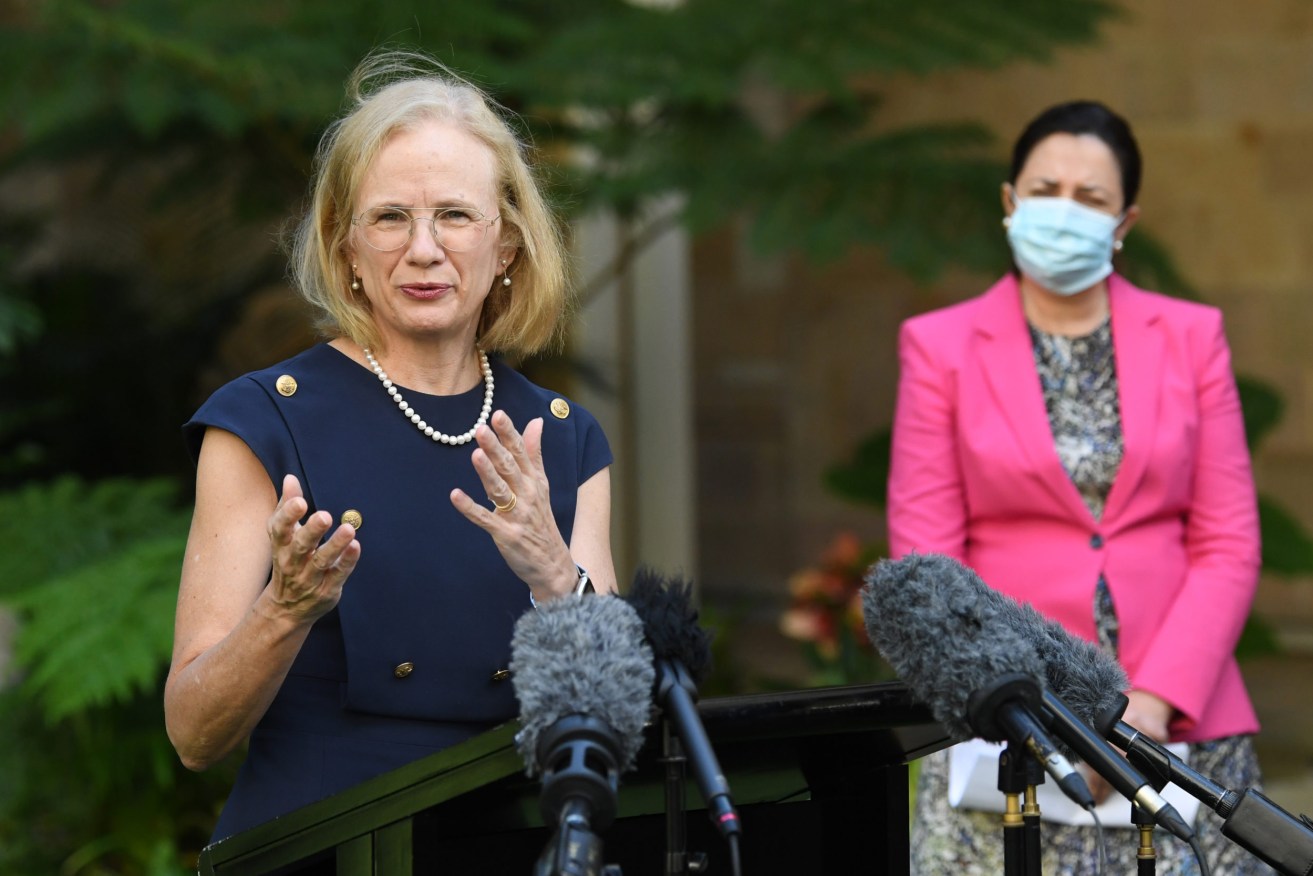
Queensland Chief Health Officer Jeannette Young and Premier Annastacia Palaszczuk. (AAP Image/Darren England)
With the greater Brisbane lockdown lifted at midday Thursday, the nurse and the landscaper are being praised for allowing the separate clusters to be identified and seemingly contained within days. Had they not gone for tests when they felt sick, countless others would have been in danger, the lockdown would have been larger and longer, and there would be mayhem over the Easter long weekend and school holidays.
Nonetheless, there are still unanswered questions over Queensland’s close shave, and wavering confidence that the UK variant of COVID-19 at the centre of these clusters can be kept at bay.
Unbeknown to health authorities, one of the current clusters had been simmering since a previous outbreak at the Hotel Grand Chancellor and Princess Alexandra Hospital. That mini outbreak prompted a lockdown that Chief Health Officer Jeannette Young wrongly believed would be Brisbane’s last (she still does not know exactly how it escaped on her watch).
The Stafford landscaper is believed to have been infected by his brother, somehow connected to the hospital. After a busy weekend, and a long lunch at Mamma’s Italian Restaurant in Redcliffe, the landscaper stayed home sick for much of last week until deciding to get a COVID-19 test at Nundah on Thursday. By that stage, his infection had already spread to friends and flatmates across Brisbane’s north, but the positive test result allowed for contact tracers to swing into action and his close circle to take precautions.
As authorities responded to the first community case in weeks, a PA Hospital nurse was at a hen’s weekend in a Byron Bay with friends from all over Queensland. Unbeknownst to her, she had already picked up the virus on a night shift, transmitted it to her sister, and it then spread among the party-goers, an entertainer, at their AirBnB. They also went to the pub, where a Byron Bay local was infected just sitting at an adjacent table.
Fortunately, the nurse decided to get tested on her way back from Byron Bay as she started to develop symptoms. Her positive test result came as a shock to Young, who was forced to place Greater Brisbane into lockdown for three days as NSW authorities also placed restrictions on northern NSW.
In hindsight, the nurse was both the first case in the new cluster and the first responder.
“That nurse was fantastic, she was the first case, she came forward, we got on top of it really quickly due to her work and the work of Queenslanders,” Young said today.
The lockdown bought contact tracers time to identify more than 100 venues of concern and seek to alert thousands of people. Importantly, it also kept any unknown cases contained, including one of the party-goers who tested negative earlier in the week but today became the latest addition to the second cluster. This woman had returned to the Wide Bay region, while others had gone to Toowoomba and Bundaberg, showing how close this came to a state-wide crisis.
Even now, with about 20 cases across the two clusters, more than 4,700 people have yet to be given the all-clear.
Young praised the landscaper and the nurse for doing what she had always asked of Queenslanders – to get tested when you have possible symptoms of COVID-19. Their actions, the number of potential exposure sites, and fear of the pandemic’s second wave prompted Queenslanders to turn out in force. In the 24 hours to Wednesday morning, a record 33,408 tests were conducted. By this morning, there had been another 34,711, a new record, giving Young confidence there was not a disaster unfolding in the suburbs.
While the lockdown has been lifted, Young said that just meant authorities could manage the risk in other ways, “it doesn’t mean the outbreak is over”.
“For the next 14 days, we will need to continue that testing so please keep coming forward if you have any symptoms at all or if you’ve been to one of those 118 exposure sites,” Young said.
“That is the most critical thing that will keep all Queenslanders safe.”
There remain restrictions on visits to aged care and disability services facilities and prisons, social distancing and contact tracing requirements in venues – including churches over Easter – and masks are mandatory across Queensland.
“People in Brisbane after the lockdown can go anywhere in the state so that risk goes with them,” Young said, defending the response to what she thought was a minimal risk.
“And I genuinely believe that wearing masks, sitting down when you’re eating and drinking, protecting our most vulnerable, and limiting people to 30 in their home is actually not a big requirement for the safety it gives us.”
Previous clusters, such as the Noosa birthday lunch and the Brisbane youth detention centre, did not involve the more contagious UK variant.
Young thought Queensland won its first fight with the strain but, as a ward at the PA Hospital remains closed and staff continue to be tested, authorities will have to take another look at the defences. It is still not known how the nurse who visited Byron came to be infected. A second infected nurse had worked in the hospital’s COVID-19 ward but, unlike the first, had contact with the source patient – a returned traveller admitted from quarantine at Hotel Grand Chancellor – and her infection was detected in routine screening.
Young said the UK variant was extremely problematic.
“It is so easy for one tiny, tiny error to lead to contamination of a health care worker,” Young said.
While Young expects vaccinations to eventually avoid the need for lockdowns and restrictions, she has joined the chorus of concern over the pace of the rollout. Queensland is sticking with its policy of hospitalising any positive COVID-19 cases, unlike other states, and has been forced to keep hotels as the first line of defence from overseas infections. Another nine overseas-acquired cases were reported today, taking the state’s tally to 82 – the highest it has been for almost a year.
The latest outbreak came at a particularly difficult period for Queensland Health. An influx of sick travellers from Papua New Guinea had already pushed hospitals to the limit, and the pace of the vaccination rollout meant staff were yet to be protected.
International arrivals into Queensland have been halved until authorities can be sure the clusters have been fully contained. Even though this outbreak could have been much worse, there will still be an anxious wait to see if it can be managed without lockdown.
For all the latest advice and restrictions visit https://www.qld.gov.au/health/conditions/health-alerts/coronavirus-covid-19
